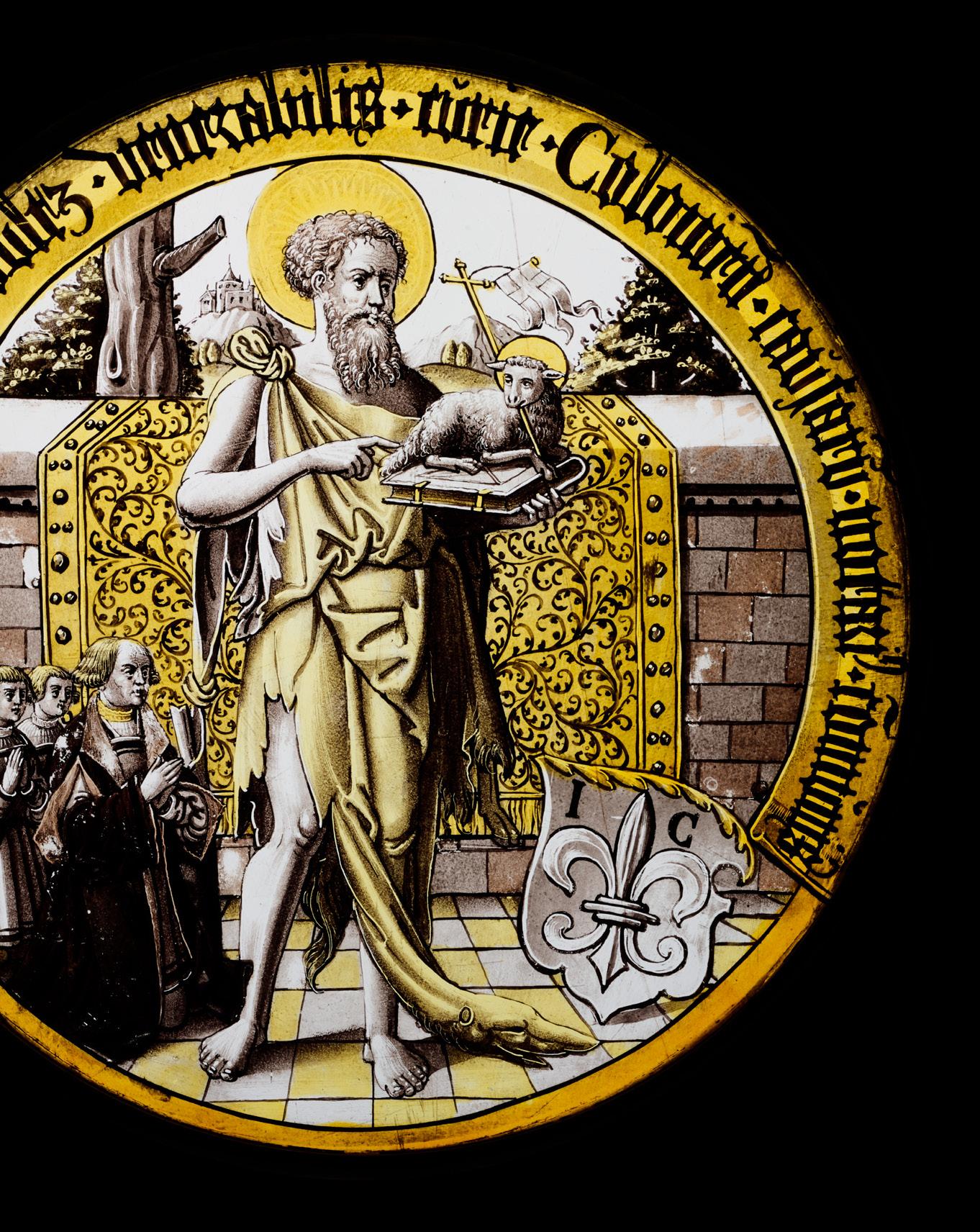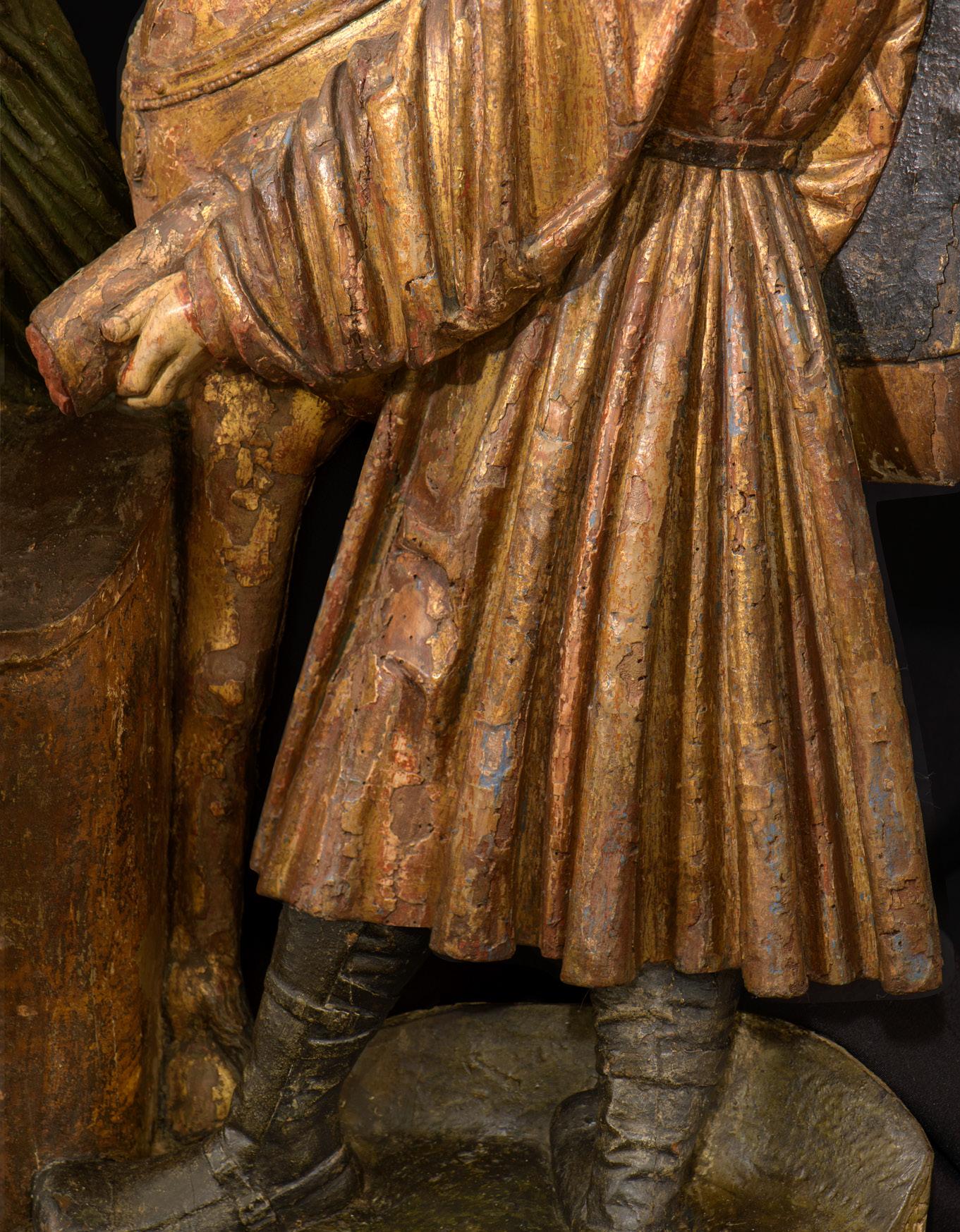
3 minute read
15 Relief with the Legend of the Shoeing of the Horse, by Hans Thoman
from JB Test 01/22
In Christian iconography he is most often represented as a bishop or as a man shoeing a horse.
Our relief is a supreme example of early 16th-century Swabian sculpture. It is in very good condition with beautifully preserved painted surfaces. As with most large-scale reliefs from that region it is made of limewood, a light and elastic wood prevalent in that particular region, light in colour and homogeneous in shape with little grain. Because of its properties, limewood allows sharp-edged forms to be cut and beautiful sophisticated shapes can be achieved. Limewood sculptures are hollowed out inside (at the back) forming a cylindrical shape, as the wood would crack with age if left as a large, solid block. The sculptures were painted first by applying gesso, then resin or tempera-bound colours, with garments frequently gilded with gold leaf. Naturalistic flesh tones were reserved for the body parts of the figures, while remaining surfaces were executed in a rich polychromy. In the 15th century there was a general shift in the logistics of artistic production. While initially artists associated themselves with churches’ workshops, many later founded smaller independent workshops and organised themselves into guilds. This trend is typical of many Swabian towns, including Memmingen, being declared a ‘Free Imperial City’ in the late Middle Ages. Reporting directly to the Emperor, these autonomous centres played a leading role in economic life and in enabling the arts to flourish. Through the guilds, artists attained a middle-class status, similar to merchants. Their workshops became known for their quality, the variety of individual styles and for introducing progressive concepts. They raised the standards of their respective crafts by strictly regulating the quality of materials, through the division of labour and by establishing career hierarchies within them.
Advertisement
The workshops significantly contributed to the cities’ commercial development and export economy. General characteristics of Swabian sculpture of the period are a taste for details and decorative materials, graceful poises and attention to the anatomy of the human body, echoing the humanist culture of the time. The artists merged late medieval carving traditions with innovative elements from the Italian Renaissance. While originally belonging to wider decorative projects on buildings or their interiors, these sculptures, due to their particular attention to details and their self-contained composition, undeniably function as autonomous pieces.
15
1 Cf. Baxandall, op. cit., 1980, p. ?
Hans Thoman, a master from Memmingen, was first recorded by his full name in 1514 in Memmingen and was active until 1525. Thoman had already worked as a journeyman in the Memmingen workshop of Hans Herlin in 1502-05 and his early works were influenced by him. Thoman’s works were earlier attributed to the Master of Ottobeuren, named after the reliefs in Ottobeuren Abbey.1 Thoman’s style is characterised by expressive heads and faces and well-built bodies with wide, richly decorated costumes. His garments are delicately modelled, with uninterrupted bold lines and dominating long parallel folds. The material relates to the poses and limbs of the characters while also underlying the dynamics of the depicted scenes.
15
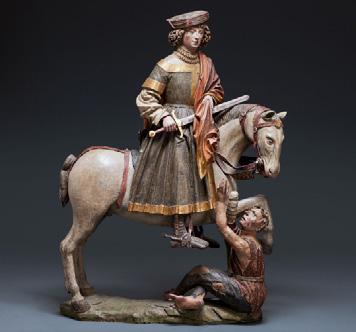
Fig. 1. The Ottobeuren Master (Hans Thoman), St. Joseph Sold into Egypt, Memmingen, c. 1520-30 Bayerisches Nationalmuseum, Munich, inv. no. MA 1909
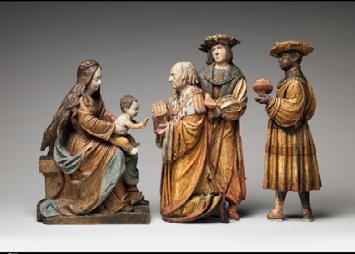
Fig. 2. Hans Thoman (?), St. Martin of Tours Giving Away His Cloak, Memmingen, c. 1510-15, Diözesanmuseum, Rottenburg, inv. no. 7.50
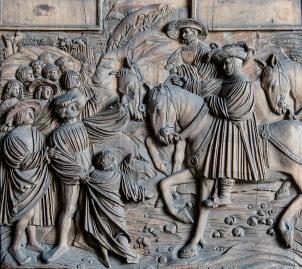
Fig. 3. The Adoration Group, Workshop of Hans Thoman, Memmingen, c. 1515-20, The Metropolitan Museum of Art, New York, Accession Number: 51.28a, b
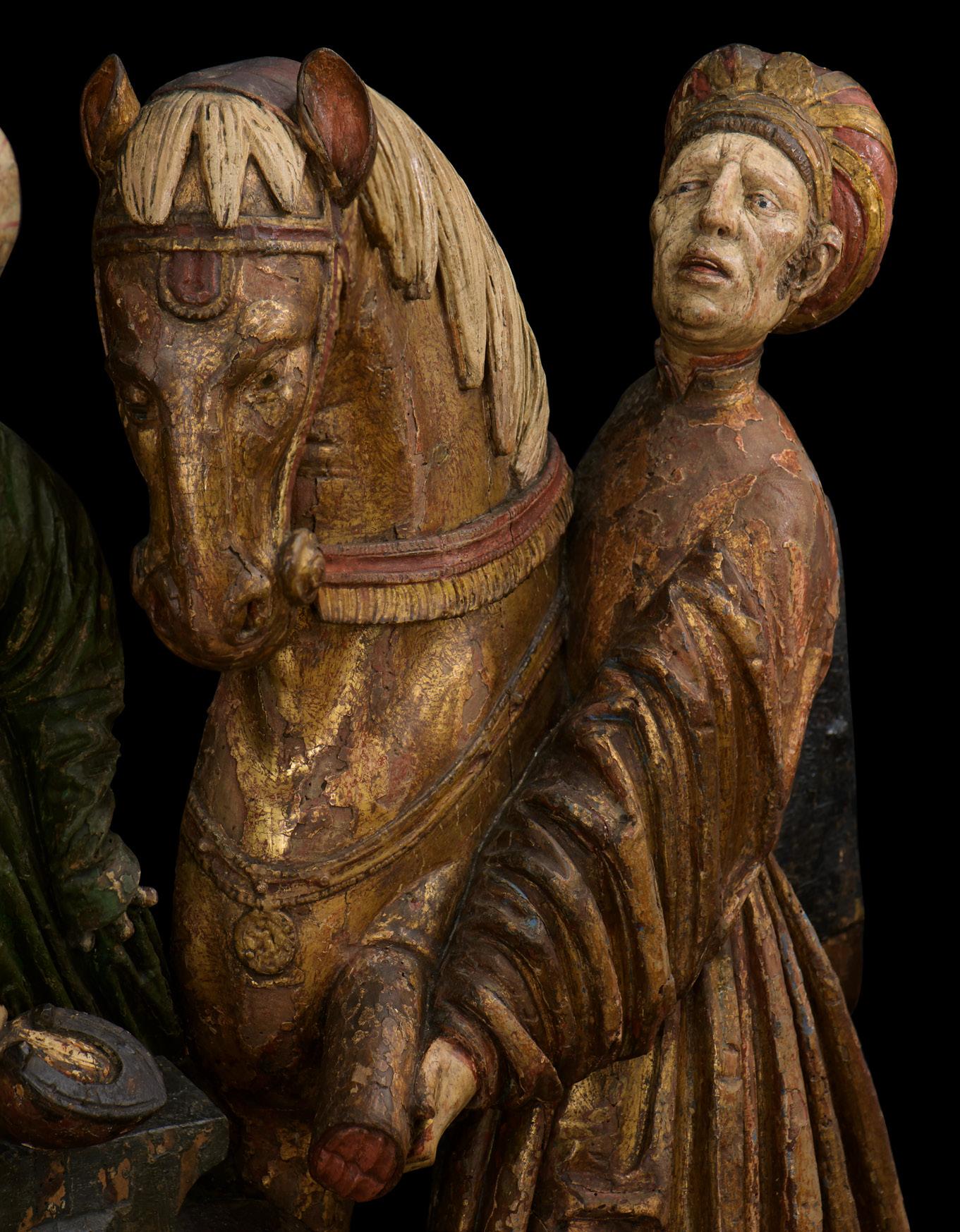
Stained Glass Roundel of Saint John the Baptist
16
